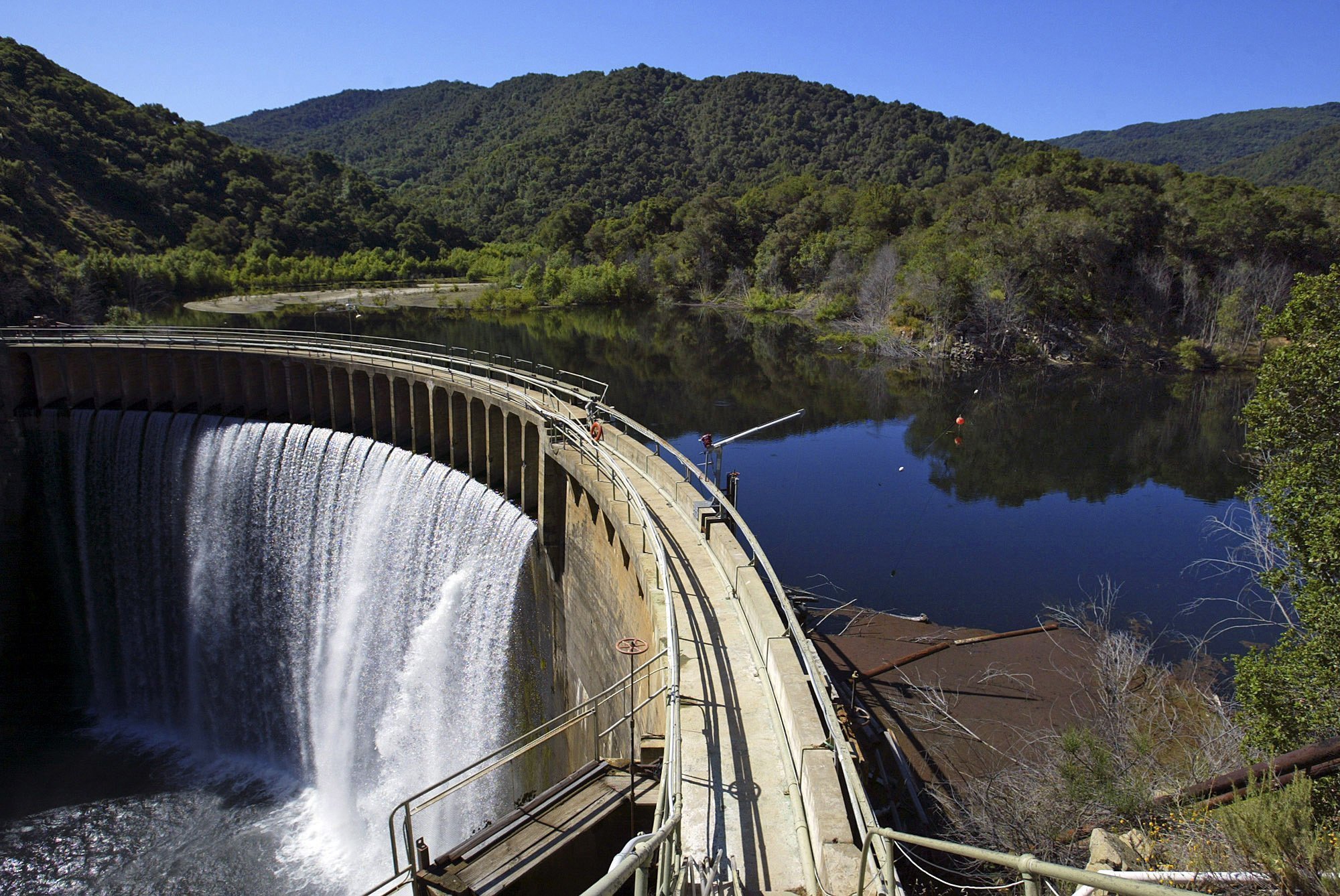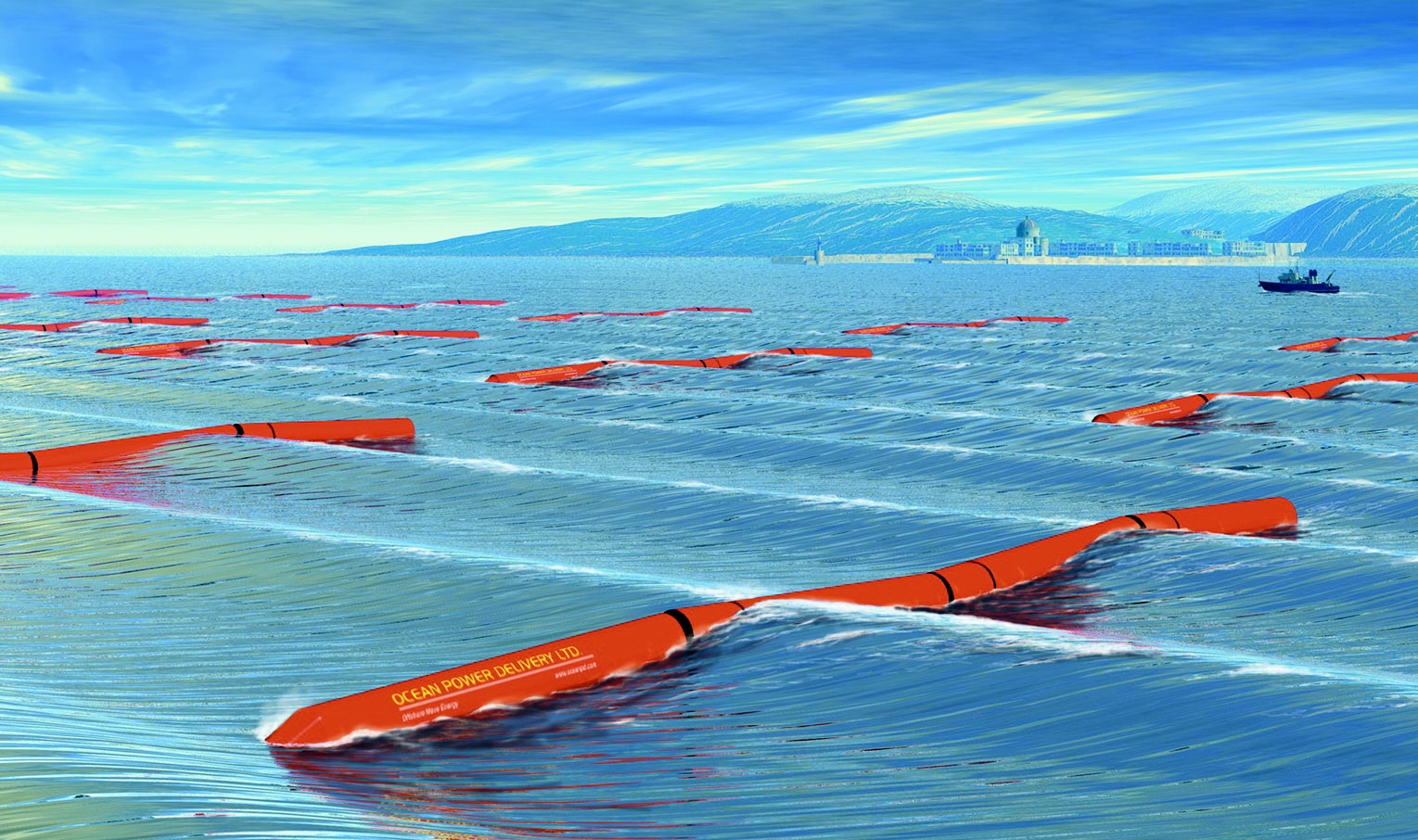Dependant as we are on it, it is literally impossible to unplug electricity from human life. The imminent depletion of non-renewable energy sources has pushed humans to invest more on research and implementation of projects that aim to generate electricity from renewable energy sources. Luckily enough, the sustainable powers of Earth, water, wind, and the Sun, representative of the four elements of nature, provide us with a wide set of renewable energies readily available for generating electricity.
Hydropower
Hydropower is the energy of moving water, which basically relies on the water cycle on Earth. Solar energy heats surface water, leading to evaporation; water vapor condenses into water droplets that form clouds, then falls back in the form of rain or snow; the falling water flows through rivers into oceans for the cycle to repeat. As early as the last decades of the 19th century, Man has managed to use this energy to generate electricity, or hydroelectric power.
A common type of hydroelectric power stations is dams; they are built on river beds to store water behind. When water is released from the reservoir, it flows through a turbine causing it to spin; the spinning turbine, in turn, operates a generator to produce electricity.
Though dams generate a clean source of energy and do not produce any polluting emissions, their operation has serious environmental impacts. Dams can obstruct fish migration, change water temperatures and silt loads, which could upset the ecological system of the area. Moreover, reservoirs behind dams may drown significant areas including agricultural lands and archeological sites, and may necessitate relocating communities; for example, Egyptian authorities had to relocate the Nubians and Abu-Simbel temples when building the High Dam in Aswan.

Wave power is another form of hydropower used in generating electricity. Waves result from the continuous interaction of wind with ocean surfaces, providing an unlimited source of renewable energy. Different types of wave power machines that can be deployed on the shoreline or offshore convert the power of moving waves into electricity.
A common type of wave power devices consists of a part floating on or below the water surface connected to another fixed to the ocean floor; electricity is generated from the vibrating action the floating part produces when resisting the motion of the waves. Wave power is said to have less environmental impacts than dams; however, scientists have raised problematic issues such as electromagnetic pollution, whale entanglements and altering bottom structures of the seabeds.

Wind Power
Wind is the motion of air resulting from the uneven Sun heating of the Earth’s surface; daily and seasonal changes in temperature consistently cause wind to blow, securing a-never-depleting energy source. Wind power is, thus, inexhaustible because wind will keep blowing as long as the Sun shines.
Nowadays, wind power is mainly used to generate electricity; actually, it is the world's fastest growing and least expensive renewable electricity generation technology. Moreover, its cost is expected to continue falling to become the cheapest of all electricity source options by 2020. But, how is electricity generated from wind power?
Like old-fashioned windmills, modern wind turbines have propeller blades that collect the wind’s kinetic energy. Though they resemble fans, wind turbines work the opposite way; instead of using electricity to generate wind, they use wind to produce electricity. The blowing winds cause the turbine’s blades to lift and eventually turn; the spinning blades are connected to a drive shaft that turns an electric generator to produce electricity.
Wind technologies are green; unlike conventional power stations, wind turbines do not release polluting emissions, neither do they require water for cooling. Moreover, compared to the small physical area they engage, they produce large amounts of electricity; thus, they have a small physical footprint compared to the amount of electricity they produce. They can even be located on lands also used for grazing or farming.
However, implanting a wind farm is not as simple as building a windmill in a windy place; it necessitates in-depth studies and smart decisions. Wind technology investors are advised to consider how fast and how much the wind blows at the chosen site. Recommended sites for wind power stations generally include tops of hills, open plains, coastal areas and mountain gaps representing wind funneling.

References
eia.gov
powerscorecard.org
renewableenergyworld.com
renet-eu-india.com
windeis.anl.gov
darvill.clara.net/